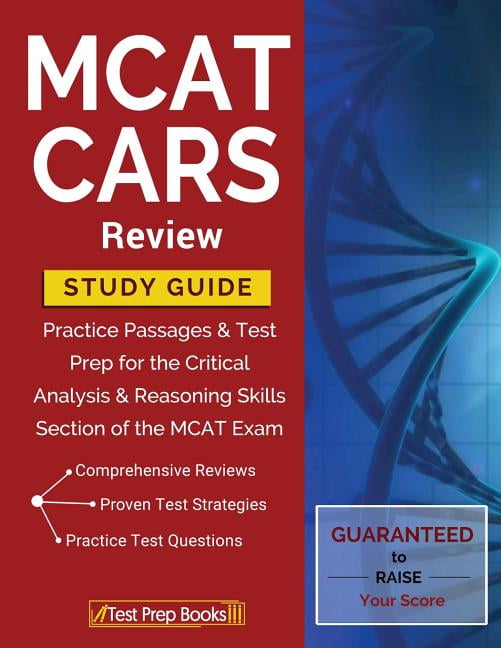

Having the crystal structure of hemoglobin proteinĤ. Knowing the hemoglobin gene's splice donor and acceptor sitesĭ. Knowing the sequence of the hemoglobin geneĬ. Expression of hemoglobin protein in bacteriaī. What is necessary to make recombinant hemoglobin?Ī. Engineering a cellular rHBOC involves recombinant DNA technology. The curve for α(V96W)β(N108K) because hemoglobin has low affinity for oxygen at low and high concentrations.ģ. The curve for α(L29F/V96W)β(N108K) because hemoglobin has low affinity for oxygen at low concentrations and high affinity for oxygen at high concentrations.ĭ. The curve for α(V96W)β(WT) because hemoglobin has high affinity for oxygen at low and high concentrations.Ĭ. The curve for α(L29F)β(WT) because hemoglobin has maximal affinity for oxygen at low and high concentrations.ī. Which curve is most similar to the binding curve of endogenous hemoglobin, and why?Ī.
:max_bytes(150000):strip_icc()/51f-Vh2MvpL._SX381_BO1204203200_-73b7c895c257486b9864632541089572.jpg)
In the figure below, the four curves represent rHb variants harboring point mutations and their oxygen-binding curves. rHb is unstable and autoxidation is occurring.Ģ. The table summarizes the difference in blood pressure associated with six variants of rHb along with several parameters in vitro.īased on the data in the table, which parameter is most likely to be responsible for the increase in MAP observed for some rHb variants?ĭ. Work is also underway to lower production costs of rHb variants that are being developed as potential therapeutic products.ġ. However, more work is needed to identify variants with reduced loss of hemin (a protoporphyrin ring containing chelated iron) and globin denaturation. Through mutagenesis strategies, it has been possible to identify rHb variants with different rates of oxygen binding and release, as well as some that are not associated with increases in blood pressure or mean arterial pressure (MAP). Since the 1980s when researchers started studying rHb, various conjugates and amino acid substitutions have been tested for the ability to reduce issues with stability and toxicity. Alternatively, it has been proposed that NO scavenging by rHb from the vasculature leads to depletion of NO, an increase in intracellular calcium, and muscle constriction. It has been proposed that the hypertensive effects of rHb could be due to the protein having too low an affinity for oxygen, causing excessive release of oxygen into the arterioles and vasoconstriction. In contrast, endogenous hemoglobin localizes in erythrocytes, where the cell membrane and cellular reduction pathways reduce or prevent these activities. The toxicity of rHb has been attributed to the protein's presence in the plasma, where it can scavenge nitric oxide (NO), undergo oxidative reactions that damage tissues, denature, aggregate, and precipitate, among other activities. (A product called HBOC-201, which is purified from cows, has been approved for human use in South Africa and Russia.) In addition to increasing supply for transfusions, rHb has a longer shelf life than red blood cells, is compatible with all blood types, and poses lower risk of transmitting disease.ĭespite these advantages, neither rHb products nor hemoglobin purified from animals has been licensed as therapy in the United States, mainly because of reports of hypertension and associated cardiovascular and cerebrovascular problems. One alternative currently being explored is to make recombinant human hemoglobin (rHb). Hospitals and clinics in the United States and around the world face constant shortages in the supply of blood for transfusions. Use the following passage to answer questions 1 through 4. Part 1: Biological and Biochemical Foundations of Living Systems

Sample MCAT Biology & Biochemistry Questionsīelow are 10 practice questions to help you study for the Biology & Biochem portion of the MCAT exam.


 0 kommentar(er)
0 kommentar(er)
